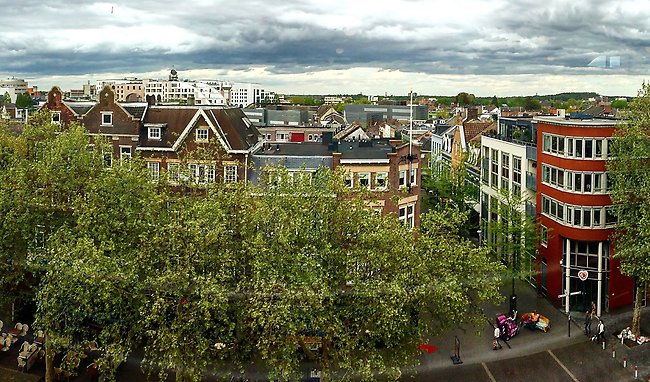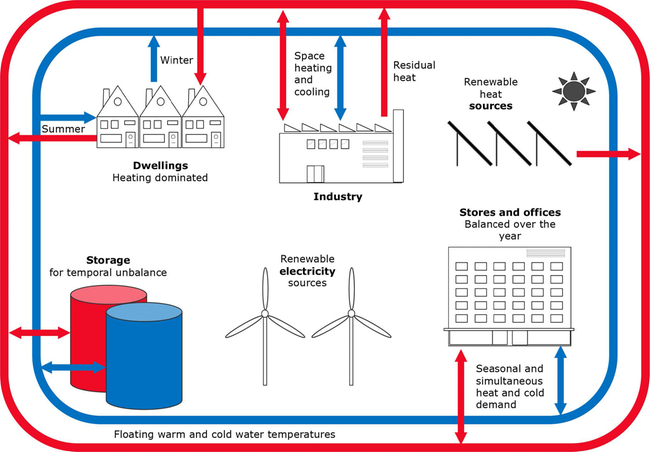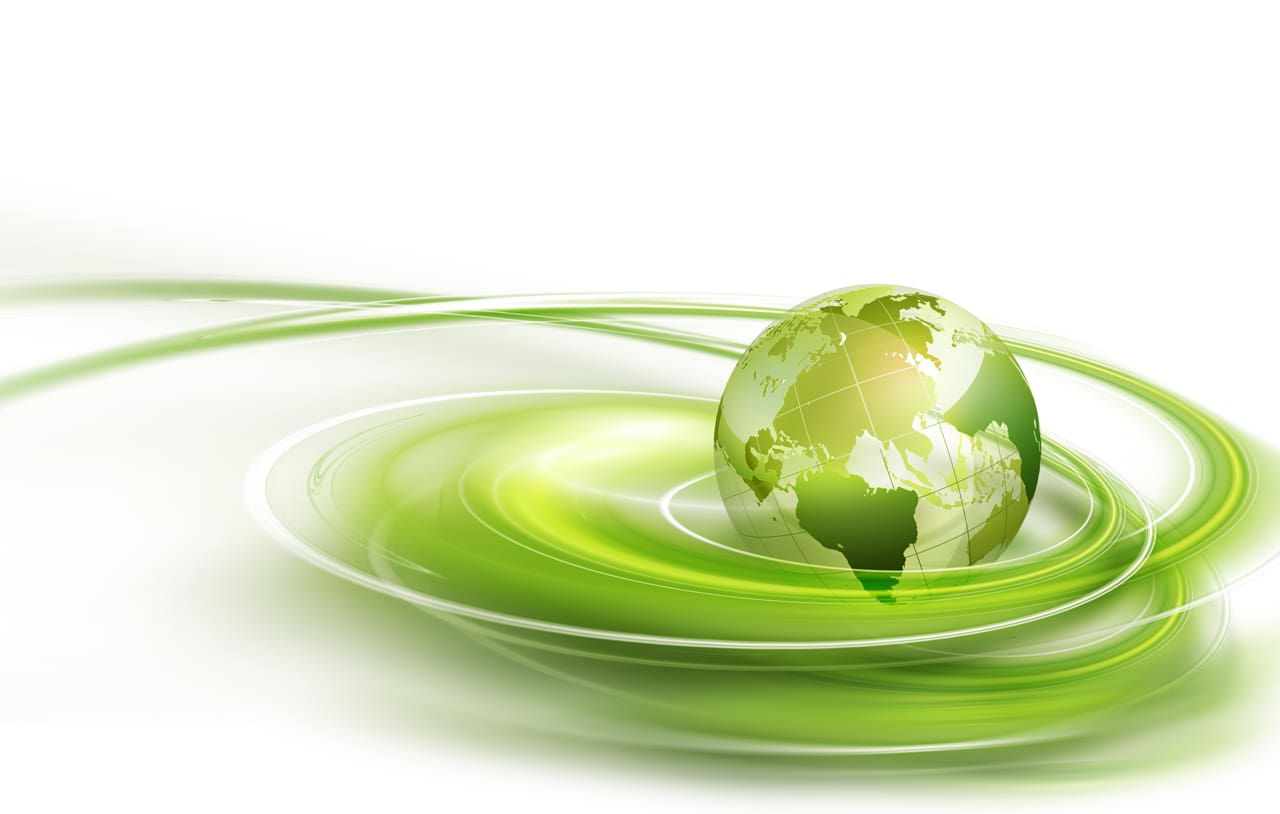NIBE’s heat pumps are part of the solution for a greener Netherlands
The government of the Netherlands has adopted a green agenda with the vision of becoming a fossil-free nation by 2050.
A step has already been taken
In the Netherlands, the government has decided that the country must be fossil-free by 2050. This means that the current dominant source of energy for domestic heating, natural gas, must be eliminated. This covers all buildings, including more than six million homes. This is a radical decision and means that a whole new type of fossil-free infrastructure must be created in society and new fossil-free systems introduced. To put it simply, gas boilers will have to be replaced in existing buildings. A strong alternative option is heat pump based solutions.
Unlike in the case of an individual heat pump in a single-family home with its own borehole or fan for capturing local renewable energy, the solutions required for a shared network are more complex. This will involve heat pump technology stepping into urban areas and cities, opening up the prospect of volume on a completely different scale for heat pumps.

The city of Heerlen
The city of Heerlen in the east of the Netherlands offers an example of how this could be solved. Here, construction is underway of a large-scale climate-neutral solution for indoor climate comfort. The project is being run by the jointly owned company Mijnwater BV and involves the transition of an entire city from a fossil-based system (natural gas) to a fossil-free system, where are all the various buildings in the city are linked together via a low temperature heating system.

Meeting the demand for energy savings
The principle is based on connecting all buildings to a pipeline system with two pipelines for the water to circulate – one with warm water (up to 30 degrees Celsius) and one with cold water.
When heating is needed, heat is recovered from the warmer water via a heat pump in the building. The district heating network does not need to maintain the same high temperatures as current networks, while the relatively warm water (compared with boreholes) means that the heat pumps can operate at a lower power level. If the property requires cooling, the reverse happens, which means the water in the cold water pipeline provides cooling and surplus heat is returned to the warm water pipeline and stored in buffer reservoirs. In Heerlen, the water is stored in disused coal mine corridors which are filled with water, but other types of reservoirs can be used.
By connecting all the buildings in the city, the different thermal comfort needs can be met and balanced. Surplus heat from local industry, data centres, hypermarkets, waste water, etc. is recovered and stored while buildings which require heating, including homes, schools and offices, extract and recover the heat using heat pumps in the buildings, that is, close to the point of demand to not risk heat losses. At the same time, hot water is generated in each apartment in apartment blocks through the use of individual heat pumps, so-called boosters.
